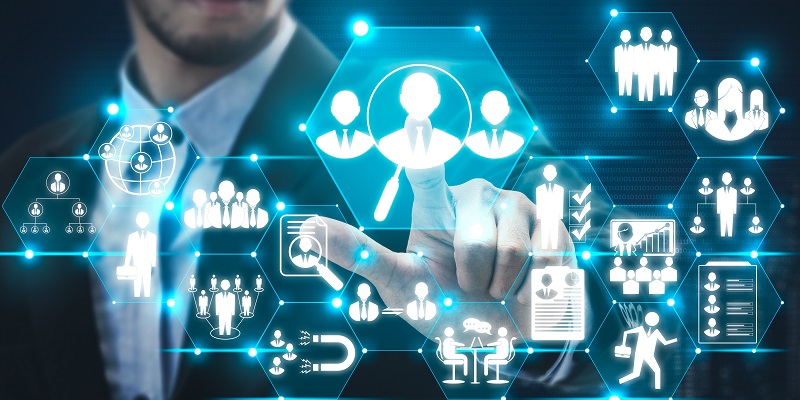The workforce environment is constantly evolving, and HR professionals must navigate these changes to ensure their organizations’ continued success. As such, they are exploring innovative strategies and leveraging advanced technologies to adapt to the changing landscape.
Talent mobility refers to the movement of employees within an organization to new positions, locations, or departments. It is becoming increasingly important, with 75% of HR professionals stating that their organization has either a formal or informal talent mobility program. Such programs can improve employee engagement, retention, and organizational agility.
T-shaped skills encompass both broad and specialized expertise and are crucial for future-proofing careers. Eighty-four percent of HR professionals use T-shaped skills models to guide talent management, highlighting their importance for both employees and organizations. By fostering a diverse range of skills, employees can be more adaptable to changing job requirements and organizations can better meet stakeholder needs.
HR Tech Innovations
The rise of AI and machine learning is transforming HR practices. Algorithms and platforms are exerting greater influence over talent development, from optimizing job postings to analytics-driven screening. Many HR tech innovations are emerging, such as virtual reality for training, chatbots for candidate communication, and predictive analytics for workforce planning.
DEIB and ESG Momentum
Diversity, equity, inclusion, and belonging (DEIB) and environmental, social, and governance (ESG) momentum are top priorities for organizations. DEIB programs create a positive and inclusive workplace culture that supports employee engagement, improves innovation, and enhances the recruitment and retention of diverse talent. ESG programs ensure that organizations meet ethical and responsible business practices that protect the environment, employees, customers, and shareholders.
Talent marketplaces enable organizations to find the right talent quickly and easily, boosting workforce flexibility and improving productivity. Talent marketplaces function similarly to online marketplaces, connecting employers with freelancers and contractors. By tapping into top industry talent, employers can benefit from access to fresh ideas, specialized expertise, and scalable resources.
Hiring Pace
HR professionals expect their organizations to maintain their current pace of hiring, with 71% planning to hire for growth initiatives during the first half of the year. Many workplaces are also adopting hybrid models, with a mix of remote and on-site working arrangements.
Focus on Durable Skills
Durable skills refer to fundamental abilities that are essential for long-term career success and adaptability. HR professionals recognize the importance of these skills and recommend their integration into employee development programs. By developing durable skills, employees can adapt better to changing work environments, from upskilling and reskilling to boosting their digital literacy.
Having a positive and inclusive workplace culture that values Diversity, Equity, Inclusion, and Belonging (DEIB) is integral to organizational success. It creates a supportive environment that fosters employee engagement, innovation, and productivity, and leads to a positive employee experience. HR professionals recognize the importance of DEIB and are creating initiatives and programs to promote a more diverse and inclusive workforce.
HR professionals must embrace change and innovation to navigate the constantly evolving work environment. By prioritizing talent mobility, T-shaped skills, HR tech innovations, DEIB, and ESG, talent marketplaces, durable skills, and a positive workplace culture, organizations can increase their competitiveness, productivity, and overall success.

